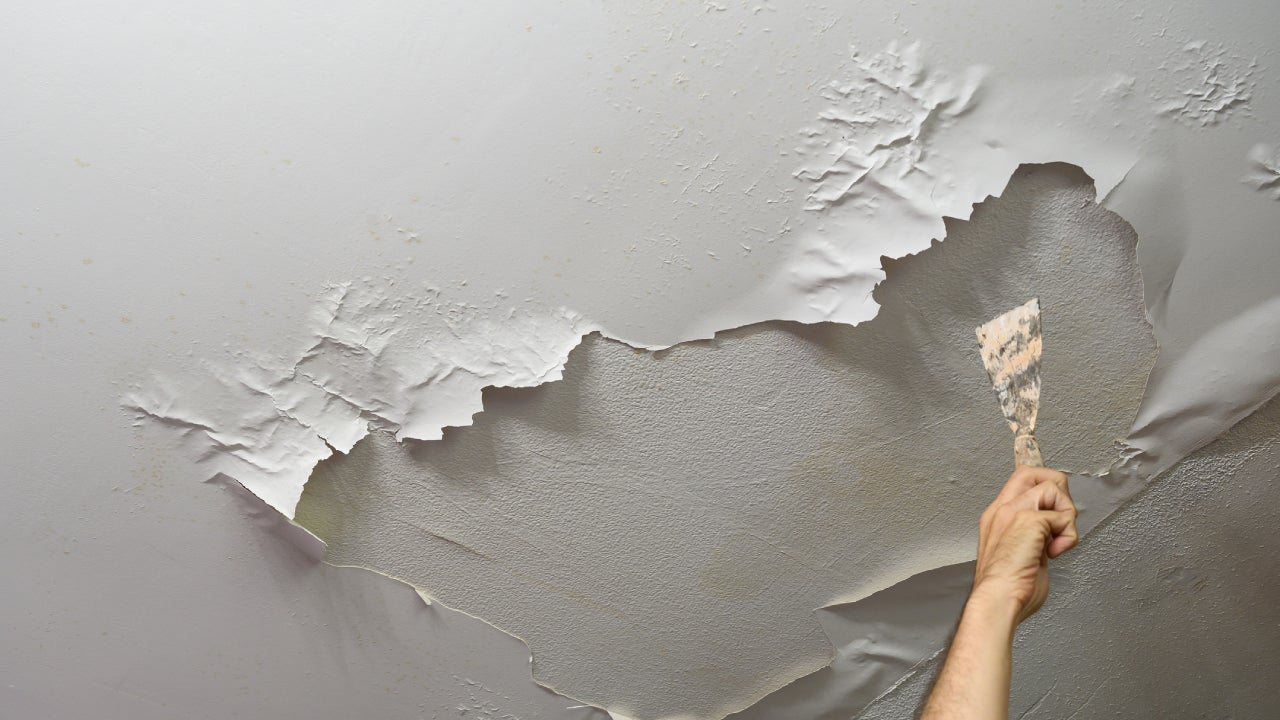6 Water Damage Restoration Do's and Don'ts.
6 Water Damage Restoration Do's and Don'ts.
Blog Article
Here below you will discover additional high-quality advice around Safety Tips To Prevent Fire And Water Damage.

Water gives life, water invasion on components where it's not intended to be can result in damages. It can peel off away surface areas and also erode the foundation if the water soaks into your structure. Mold as well as mold additionally grow in a damp environment, which can be dangerous for your health. Houses with water damages scent musty and old.
Water can come from numerous sources such as hurricanes, floods, burst pipelines, leakages, as well as sewer issues. In case you experience water damages, it would certainly be great to understand some safety precautions. Below are a few guidelines on just how to manage water damages.
Do Prioritize House Insurance Coverage
Water damages from flooding because of hefty winds is seasonal. Nevertheless, you can also experience a sudden flooding when a malfunctioning pipe suddenly bursts right into your house. It would be best to have residence insurance coverage that covers both acts of God such as all-natural catastrophes, and emergency situations like damaged plumbing.
Don't Fail To Remember to Turn Off Energies
This reduces off power to your entire house, stopping electric shocks when water comes in as it is a conductor. Do not forget to transform off the primary water line valve.
Do Remain Proactive and Heed Weather Condition Alerts
Storm floodings can be really unforeseeable. Stay positive and also ready if there is a background of flooding in your neighborhood. If you live near a river, lake, or creek , listen to emptying cautions. Secure prized possessions from the ground floor and basement, then put them on the highest possible level. Doing so minimizes prospective property damage.
Don't Overlook the Roofing System
You can stay clear of rainfall damage if there are no openings as well as leaks in your roof covering. This will prevent water from streaming down your walls and also soaking your ceiling.
Do Take Notice Of Little Leaks
A ruptured pipe does not happen over night. Typically, there are warnings that suggest you have deteriorated pipes in your home. As an example, you may see bubbling paint, peeling off wallpaper, water streaks, water discolorations, or dripping audios behind the walls. Ultimately, this pipeline will rupture. Ideally, you ought to not await things to rise. Have your plumbing repaired before it causes huge damages.
Don't Panic in Case of a Ruptured Pipe
Keeping your clearheadedness is vital in a time of dilemma. Stressing will just compound the issue due to the fact that it will certainly stifle you from acting quick. Timing is vital when it comes to water damages. The longer you wait, the more damage you can expect. Therefore, if a pipe bursts in your house, quickly shut off your main water valve to cut off the source. Disconnect all electric outlets in the area or turn off the circuit breaker for that part of the house. Finally, call a respectable water damages reconstruction expert for assistance.
Water gives life, water intrusion on components where it's not intended to be can result in damages. Houses with water damage smell old and musty.
Water damages from flood dues to heavy winds is seasonal. You might observe bubbling paint, peeling off wallpaper, water touches, water spots, or dripping audios behind the wall surfaces. When it comes to water damage, timing is key.
Some Do's & Don't When Dealing with a Water Damage
DO:
Make sure the water source has been eliminated. Contact a plumber if needed. Turn off circuit breakers supplying electricity to wet areas and unplug any electronics that are on wet carpet or surfaces Remove small furniture items Remove as much excess water as possible by mopping or blotting; Use WHITE towels to blot wet carpeting Wipe water from wooden furniture after removing anything on it Remove and prop up wet upholstery cushions for even drying (check for any bleeding) Pin up curtains or furniture skirts if needed Place aluminum foil, saucers or wood blocks between furniture legs and wet carpet Turn on air conditioning for maximum drying in winter and open windows in the summer Open any drawers and cabinets affected for complete drying but do not force them open Remove any valuable art objects or paintings to a safe, dry place Open any suitcases or luggage that may have been affected to dry, preferably in sunlight Hang any fur or leather goods to dry at room temperature Punch small holes in sagging ceilings to relieve trapped water (don't forget to place pans beneath!); however, if the ceiling is sagging extremely low, stay out of the room and we'll take care of it DO NOT:
Leave wet fabrics in place; dry them as soon as possible Leave books, magazines or any other colored items on wet carpets or floor Use your household vacuum to remove water Use TV's or other electronics/appliances while standing on wet carpets or floors; especially not on wet concrete floors Turn on ceiling fixtures if the ceiling is wet Turn your heat up, unless instructed otherwise

I found that entry about 5 Home Safety Tips To Reduce The Risk Of Fire And Water Damage when doing a lookup on the web. Enjoyed reading our review? Please share it. Let other people discover it. I thank you for reading our article about Preventing Fires and Water Damage In Your Home.
Report this page